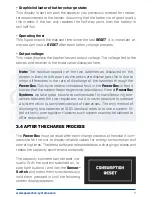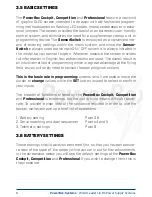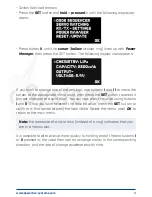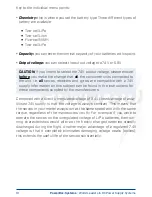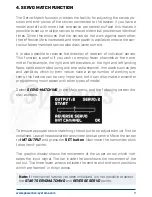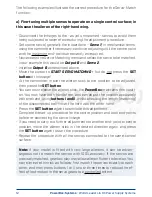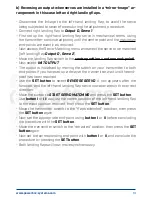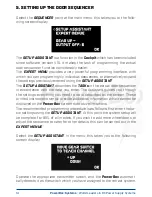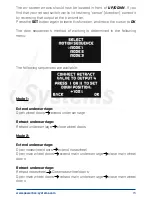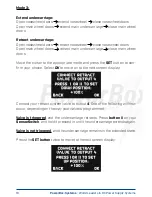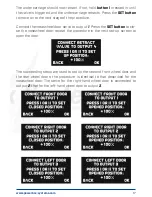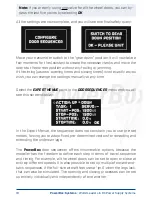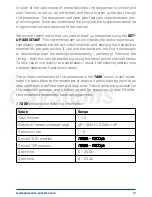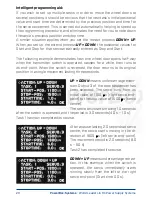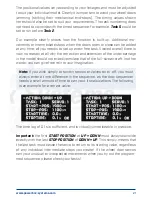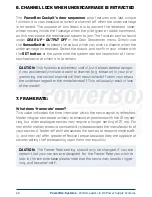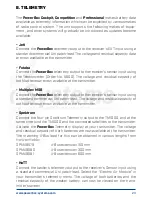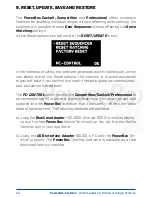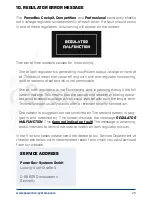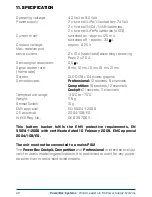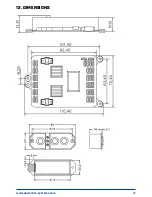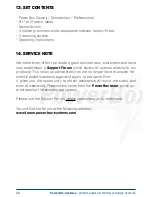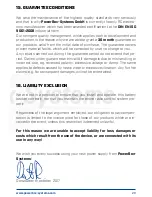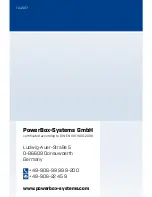
www.powerbox-systems.com
21
The positional values vary according to your linkages, and must be adjusted
to suit your individual model. Clearly it is important to avoid your wheel doors
jamming (striking their mechanical end-stops). The timing values shown
here should also be set to suit your requirements. The task numbering does
not need to coincide with the timed sequence; for example,
Task 5
could be
set to run before
Task 2
.
Our example clearly shows how the function is built up. Additional mo-
vements or intermediate stops when the doors open or close can be added
at any time; all you need is to set up a new free task. Viewed overall, there is
now no reason at all why the retraction and extension of the undercarriage
in the model should not exactly emulate that of the full-size aircraft. In other
words: you can give free rein to your imagination.
Note:
if you wish simply to switch servos or valves on or off, you must
always enter a time difference in the sequence, as the door sequencer
needs a small amount of time to carry out its calculations. The following
is an example for a retract valve:
The time lag of 0.1 s is sufficient, and is virtually unnoticeable in practice.
Important:
the first
START POSITION
at
UP » DOWN
must always coincide
exactly with the last
STOP POSITION
of
DOWN » UP
. This simply means that
the last task must cause the servo to return to its starting value, regardless
of any individual intermediate steps you create! If the wheel door servos
carry out unusual or unexpected movements when you try out the program-
med sequence, please check your tasks!

